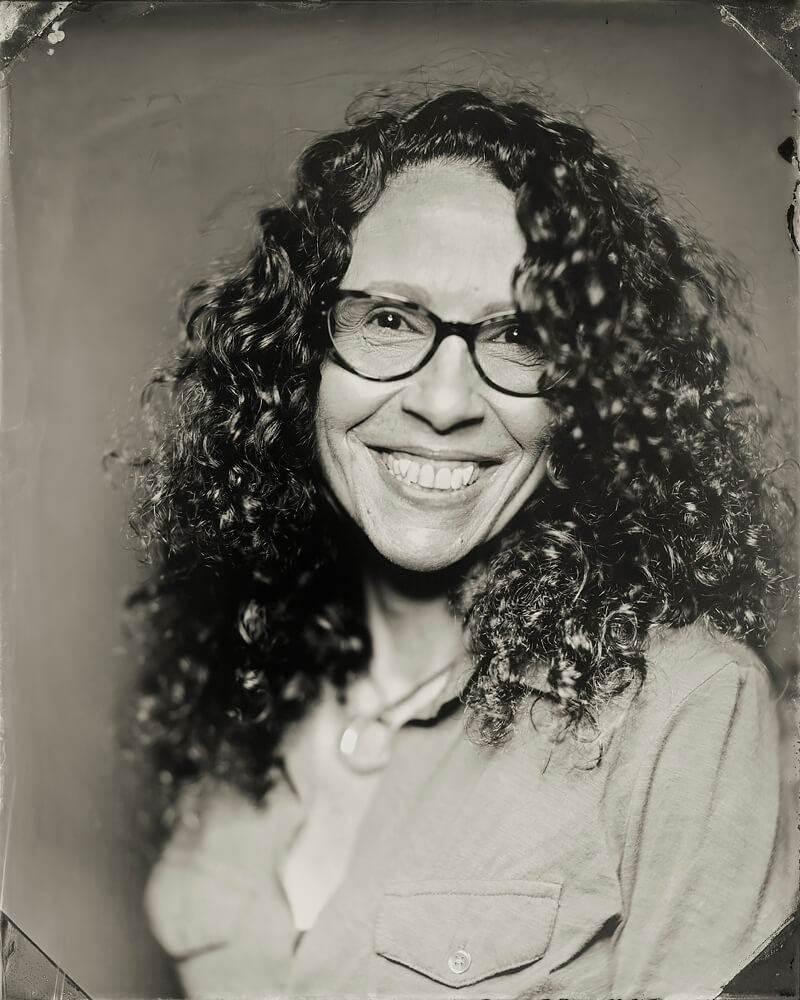Rania Matar was born and raised in Lebanon and moved to the U.S. in 1984. As a Lebanese-born American woman and mother, her cross-cultural experience and personal narrative inform her photography.
Matar's work has been widely published and exhibited in museums worldwide, including the
Museum of Fine Arts Boston, the
Carnegie Museum of Art,
National Museum of Women in the Arts, and more. A mid-career retrospective of her work was recently on view at the
Cleveland Museum of Art, and at the
Amon Carter Museum of American Art, in a solo exhibition:
In Her Image: Photographs by Rania Matar
She has received several grants and awards including a 2018
Guggenheim Fellowship, 2017
Mellon Foundation artist-in-residency grant at the Gund Gallery at Kenyon College, 2011 Legacy Award at the
Griffin Museum of Photography, 2011 and 2007
Massachusetts Cultural Council artist fellowships. In 2008 she was a finalist for the Foster Award at the Institute of
Contemporary Art/Boston, with an accompanying solo exhibition.
Her work is in the permanent collections of several museums, institutions and private collections worldwide.
So far, she has published the following books:
L'Enfant-Femme, 2016;
A Girl and Her Room, 2012;
Ordinary Lives, 2009, and more recently,
SHE, 2021.
She is currently an associate professor of photography at the
Massachusetts College of Art and Design.
SHE:
As a Lebanese-born American woman and mother, my background and cross-cultural experiences inform my art. I have dedicated my work to exploring issues of personal and collective identity through photographs of female adolescence and womanhood - both in the United States where I live and the Middle East where I am from - in an effort to focus on notions of identity and individuality, within the context of the underlying universality of these experiences.
In my continuous exploration of what it is like to be a girl and a woman today, in a world that poses endless questions on girls and women of all backgrounds, I am focusing in this project on young women in their late teens/early twenties. They are the ages of my daughters - they are leaving the cocoon of home, entering adulthood and facing a new reality they are often not prepared for, a humbling reality most often harder than they expected and less glamorous than what is portrayed on social media. Whereas in A Girl and Her Room, I photographed young women in relationship to the curated and controlled environment of their bedrooms, I am photographing them here in the larger environment they find themselves in after they leave home, the more global backdrop that now constitutes their lives in transitions.
I want to portray the raw beauty of their age, their individuality, their physicality, their mystery, and the organic relationship they create with their environment, being in the lush landscapes of rural Ohio, or the textured backdrops of Beirut. I want to photograph them, the way I, a woman and a mother, see them: beautiful, alive. I want to create a personal narrative with them. The process is about collaboration and empowerment, and the photo session always evolves organically as the women become active participants in the image-making process.
My work addresses the states of 'Becoming' - the beauty and the vulnerability of growing up - in the context of the visceral relationships to our physical environment and universal humanity. By collaborating with women in the United States and in the Middle East - and while still looking to reveal the individuality of each young woman - I focus on our essence, our physicality and the commonalities that make us human, ultimately highlighting how female subjectivity develops in parallel forms across cultural lines.
Find out more about Becoming